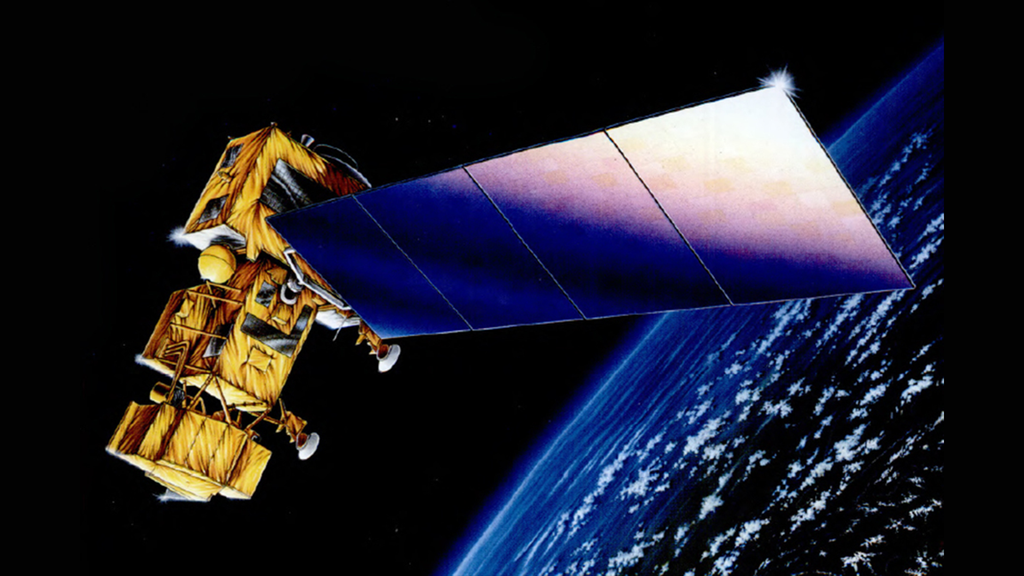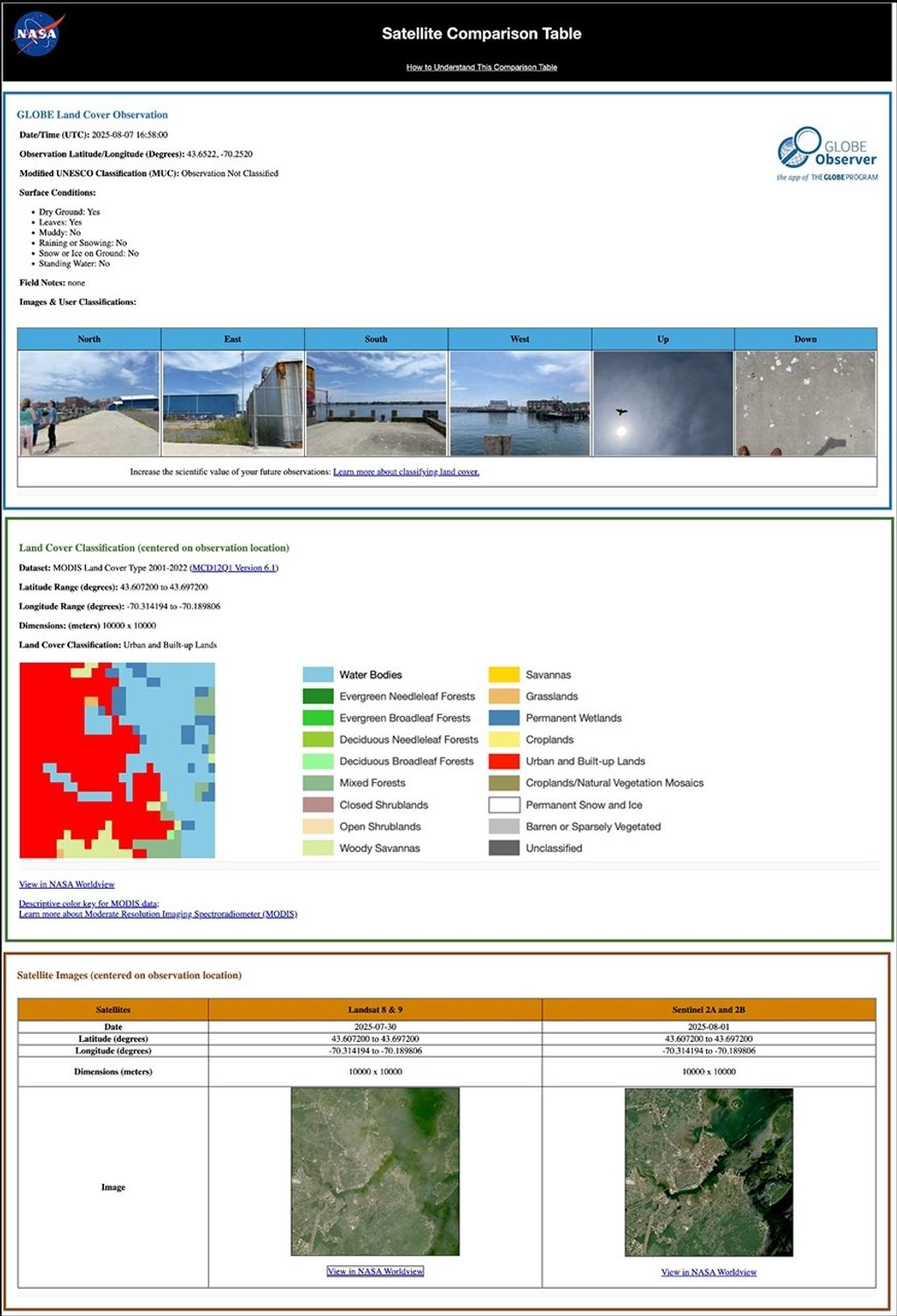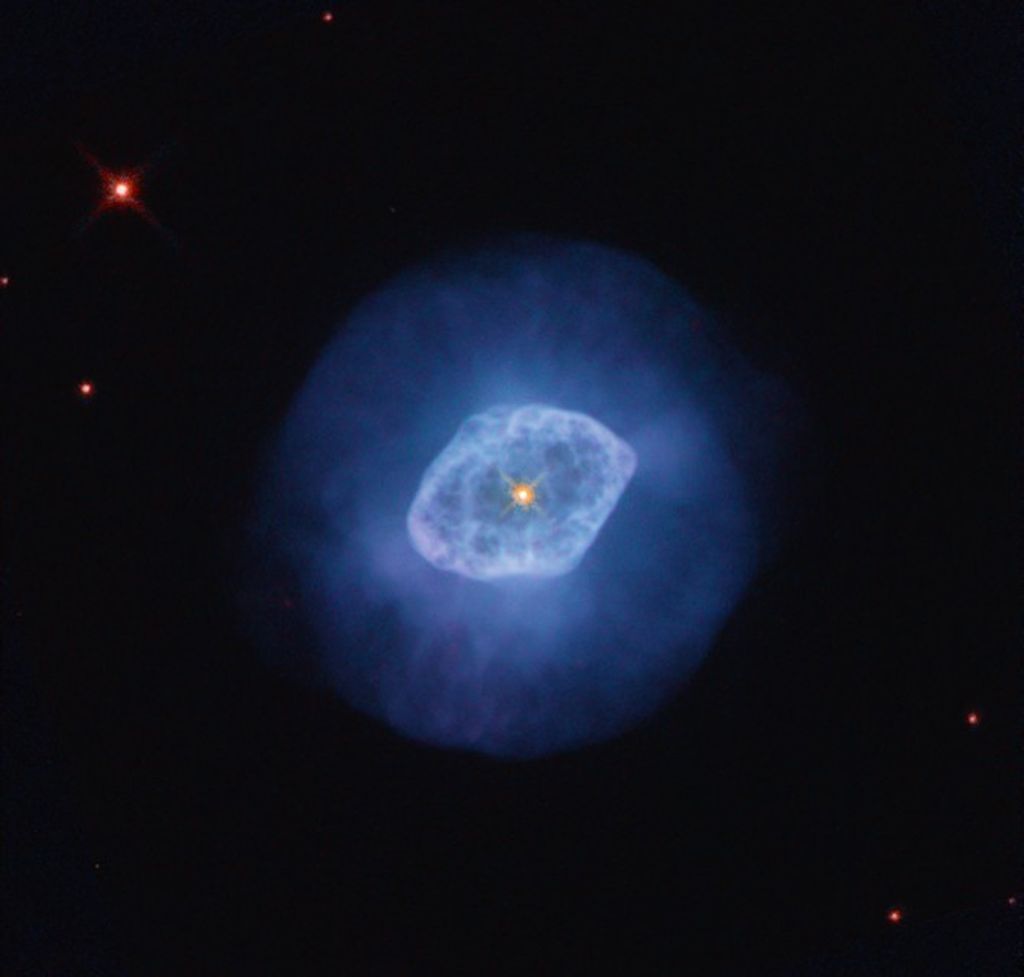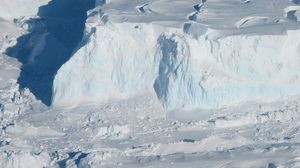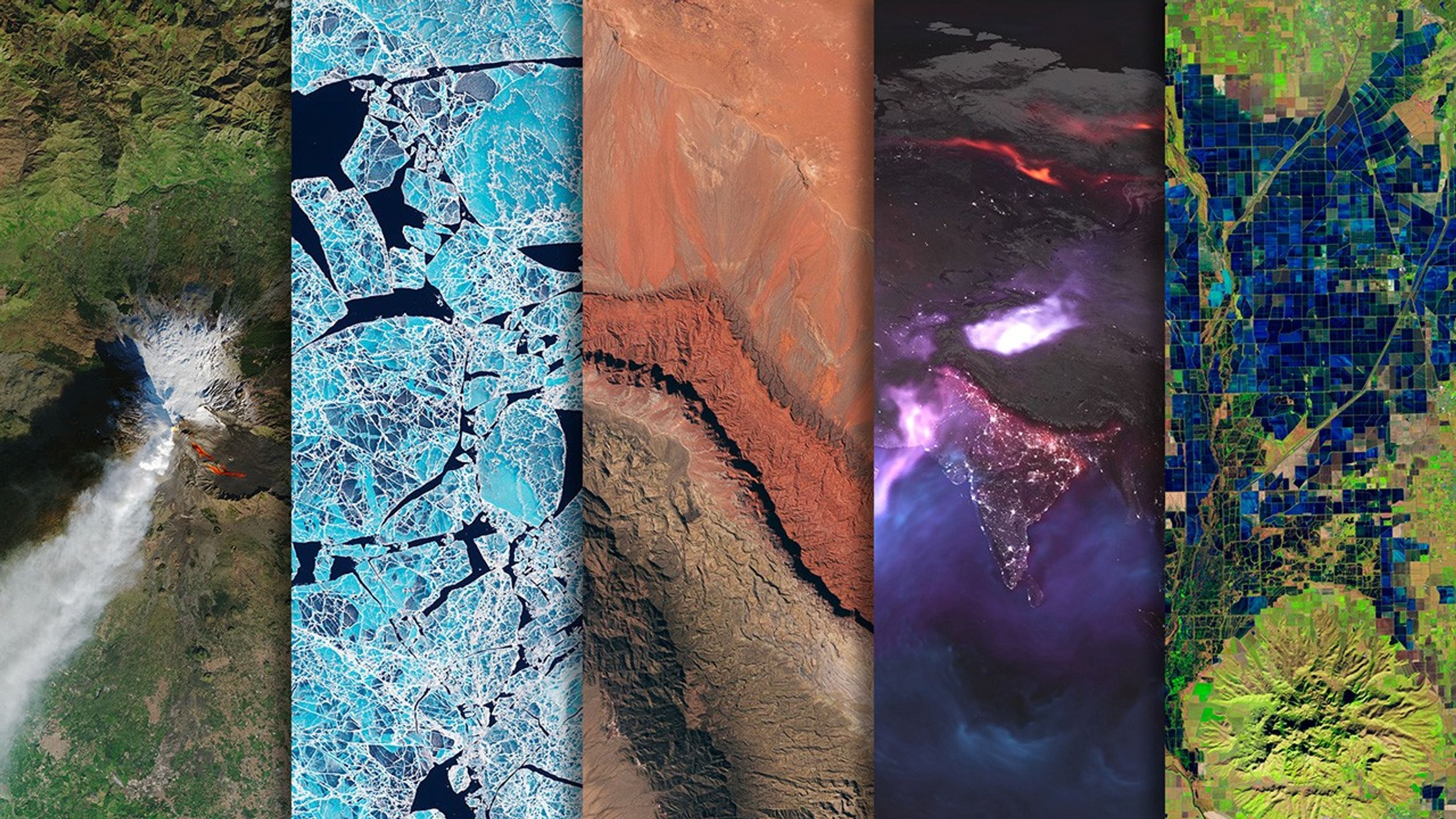Forests, grasslands, deserts, and mountains are all part of the Patagonian landscape, which spans more than a million square kilometers of South America. Toward the western side, expanses of dense, compacted ice—the Patagonian icefields—stretch for hundreds of kilometers atop the Andes mountain range in Chile and Argentina.
The northern and southern lobes of the Patagonian icefield are what’s left of a much larger ice sheet that reached its maximum size about 18,000 years ago. Though just a fraction of their previous size, the modern icefields remain the largest expanse of ice in the southern hemisphere outside of Antarctica. But rapid change is ongoing. “They are, in fact, melting away at some of the highest rates on the planet,” said Eric Rignot, a glaciologist at NASA’s Jet Propulsion Laboratory and the University of California-Irvine.
Meltwater from the Patagonian icefield contributes to sea level rise. The contribution is less than what will come from Greenland and Antarctica, but scientists plan to keep studying the region from space, from the air, and from the ground. According to Rignot: “Understanding the evolution of these glaciers helps us understand what glaciers in Greenland and Antarctica may look like in the future in a much warmer climate.”
The images below highlight this dynamic region. Click on the links for even more insight about each icefield and its glaciers.
Icefields
North Patagonian Icefield

South Patagonian Icefield

Ice on the Move

Other Images of Patagonia
Glacial Retreat at a Non-glacial Pace

Retreat of the Sierra de Sangra Glaciers

Glaciar San QuintÍn, Chile

Southern Patagonia Ice Field

Upsala Glacier Retreat

Perito Moreno Glacier, Argentina

Glacial Lakes of Patagonia

Upsala Glacier, Argentina

Glacier Outlet, Southern Patagonian Ice Field, Chile

Mosaic of the Southern Patagonian Ice Field

Northern Patagonian Ice Field, Chile

NASA Earth Observatory text by Kathryn Hansen and design by Jesse Allen.









